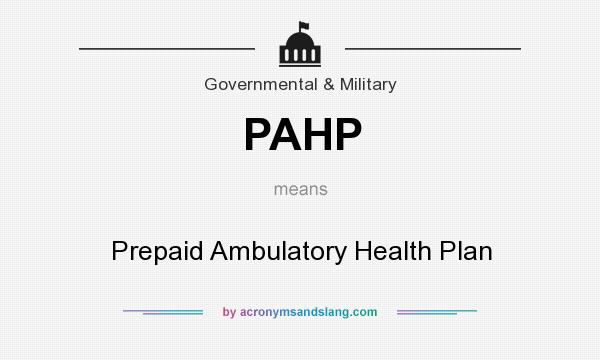
But we are not going to enter the scene until it is clear per police. Interventions are done en route and we have a 10-minute max transport time to our level 2 trauma center. It's common sense to load and go a GSW victim, and here we all do. In 99 percent of the cases, the delay in treatment is from waiting for police to secure the scene. "I'm in an urban area with almost daily shootings. Rapid response and professional treatment will always result in higher survival rates for patients." – Grant GuldenĤ. As a result, I'm now an EMT-B and in medic school. "I am someone who survived a GSW and was transported by ambulance. I seriously doubt that transporting someone there in my car, with no medical intervention, would increase their chance of survival." – Maureen Mackey Sampsonģ. "I suppose if there's a trauma center down the street, but the closest one to me is 45 minutes away with no traffic. PHTLS or ITLS covers this extensively." – Chris MarcheseĢ. I don't care how many holes you plug from the outside. Life-threatening gun shots require surgery. Medics who don't load and go take more time. "Waiting for the scene to be cleared by law enforcement takes time. If you haven't already, add your thoughts in the comment section below.ġ. We asked our Facebook fans about the study's discoveries here are your responses.

The study's findings caused uproar within the EMS1 community. 2.9 percent who arrived in an ambulance died.0.2 percent who arrived in a private vehicle died.19.3 percent who arrived in an ambulance died.4.5 percent who arrived in a private vehicle died.The study found that 2.2 percent of patients who arrived in a private vehicle died versus 11.6 percent of patients who died via ambulance transport.Īdditionally, statistics for transport of gunshot victims included: A study that finds trauma patients fare better when they don't wait for EMS to arrive sparks uproar, questions


 0 kommentar(er)
0 kommentar(er)
